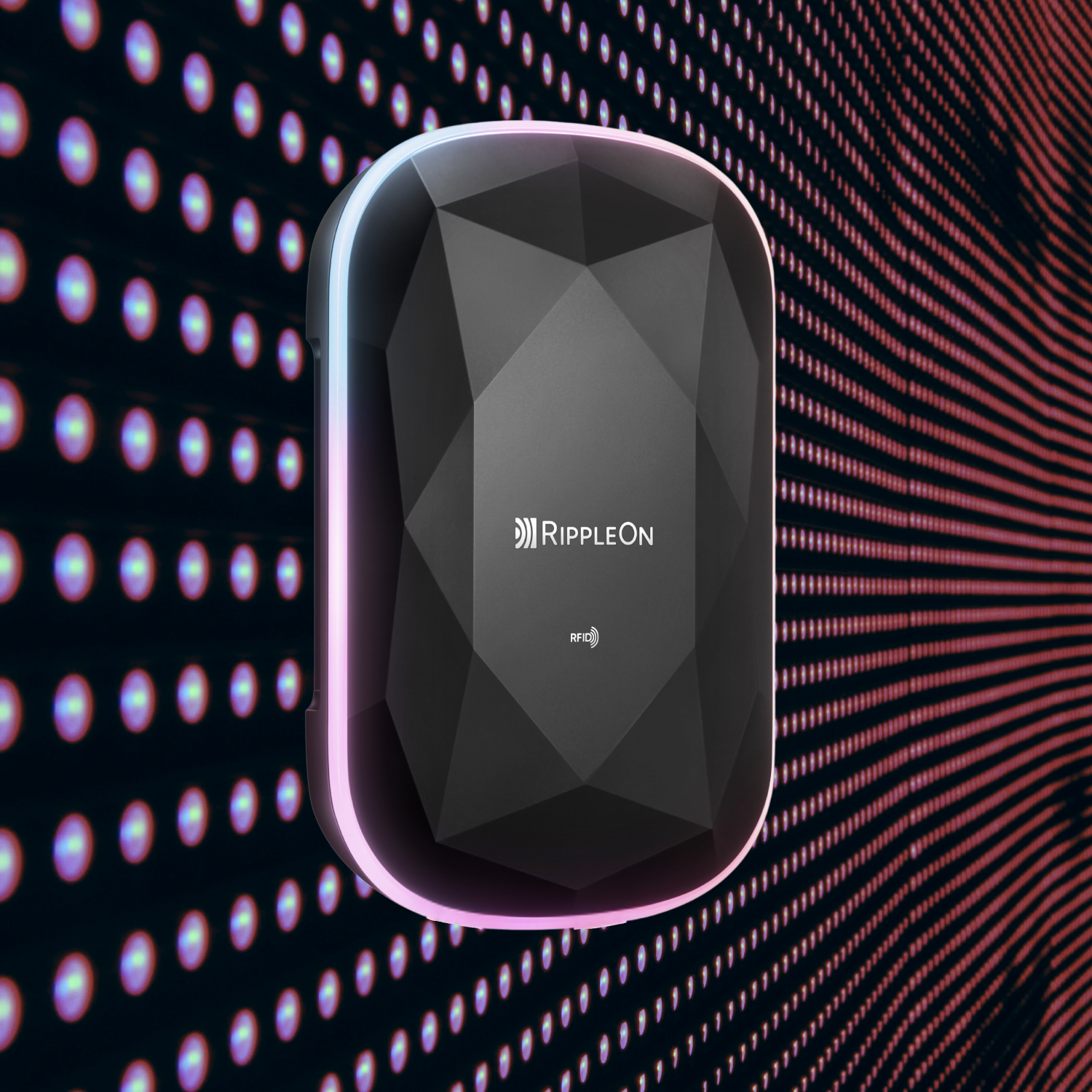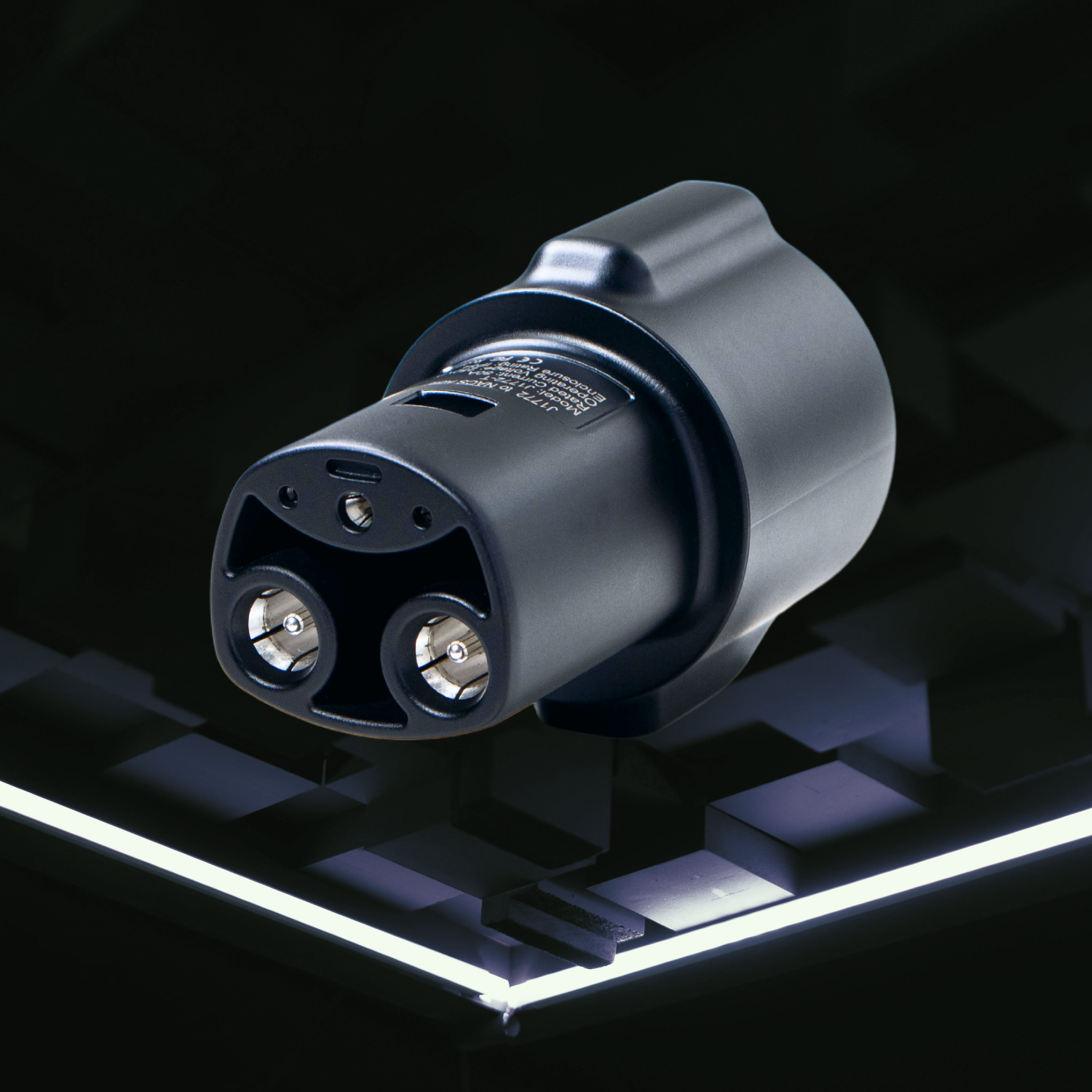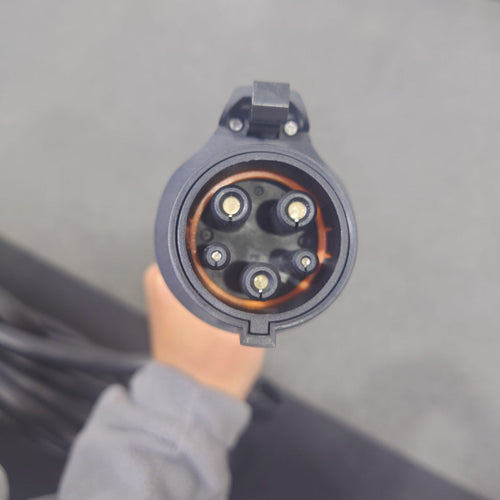The SAE J1772 charger is a cornerstone of North America's electric vehicle charging infrastructure. Also known as a Type 1 connector or Type J plug, it is widely used across the region. This article offers a comprehensive overview of the J1772 charger, explaining what it is, the charging levels and speeds it supports, the reasons for its popularity, and its compatibility.
What Is a J1772 Charger?
The J1772 Charger is the most widely used electric vehicle (EV) charging connector in the United States. Developed by the Society of Automotive Engineers (SAE), these connectors standardize the EV charging process, ensuring convenience and compatibility.
J1772 Charger Levels and Speed?
The SAE J1772 standard defines three EV charging levels: AC Level 1, AC Level 2, and Level 3 DC fast charging. Earlier released revisions of J1772 also listed a never-implemented AC Level 3, which was considered but not implemented.

J1772 chargers are capable of supporting two distinct power levels:
Level 1 Charging (120V):
- This is the most basic level of charging, typically utilizing a standard household electrical outlet.
- It provides a slow but consistent charging rate, making it the best home EVcharger for overnight or extended periods when the vehicle is not in use.
Level 2 Charging (240V):
- This level offers a significantly faster charging experience compared to Level 1 and is commonly available at public charging stations or can be installed at home for more rapid recharging.
- The Best Level 2 EV chargeris the perfect solution for those who require a faster charging time, whether it be during the day or before an extended journey.
How Long Does It Take to Charge An EV Car by Level 1 Charging?
- A battery electric vehicle (BEV) will take between 40 and 50 hours to reach 80% charge from a completely depleted state.
- A plug-in hybrid electric vehicle (PHEV) will take approximately 5-6 hours to achieve the same level of charge.
How Long Does It Take to Charge An EV Car by Level 2 Charging?
- Level 2 chargers can charge a light-duty BEV from empty in 4-10 hours, an electric motorcycle in 1-4 hours, and a PHEV in 1-2 hours.
Why J1772 Charger Is So Popular
The J1772 plug is a highly popular choice, largely due to its extensive compatibility. The J1772 plug is accepted by the majority of non-Tesla electric vehicles in the US. Regardless of whether you own a Hyundai, Kia, Genesis or any other non-Tesla electric vehicle, you can use almost all non-Tesla chargers with your car. While Tesla drivers can easily adapt with a simple adapter.
Secondly, the cost to charge EV may be a consideration. J1772 infrastructure and chargers are typically more cost-effective, offering an affordable solution for Level 1 and Level 2 charging. The best level 2 EV charger often features this J1772 connector for compatibility with various electric vehicles.
Last but not least, The J1772 plug EV charger installation requirements is straightforward. J1772 chargers are typically installed by a qualified electrician and connect to a 240-volt power outlet. Home EV charger installation are similar to those used for electric ovens or clothes dryers.This standardized installation process makes EV charger installation simple and convenient.

Do All EVs Use the Same Charger in the USA?
No, not all electric vehicles (EVs) use the same charger. However, in North America, SAE J1772 connectors are the norm for AC charging, while NACS is specifically associated with Tesla vehicles.
In the realm of EV charging connector types, There are several different EV charging plugs in the United States.
CCS (Combined Charging System)
CCS (Combined Charging System) is developed based on the J1772 standard. It is mainly used for DC fast charging. But it also supports AC charging.

NACS Plug
Tesla Plug, or the NACS Plug
The Tesla connector, also referred to as the NACS or J3400 connector, was first launched as Tesla’s proprietary connector that supported the Model S battery-electric sedan in 2012, as well as all other Tesla models that followed.
Adapters and Compatibility
In the electric vehicle industry, adapters play a crucial role in maintaining compatibility between different charging standards. The Tesla to J1772 adapter allows SAE J1772 electric vehicles to connect to Tesla/North American Charging Standard (NACS) chargers. Tesla owners can use the J1772 to Tesla adapter to make their vehicles compatible with J1772 charging stations. Similarly, J1772-compatible electric vehicles can also connect to CCS charging stations through adapters, expanding their charging options.
Conclusion
In summary, the J1772 standard encompasses AC Level 1 and AC Level 2 charging, with the latter offering significantly faster charging speeds. J1772 charger influences people how to charge EV at home.
J1772 charger is the predominant standard for non-Tesla EVs. Other charging systems like the Combined Charging System (CCS) and Tesla's proprietary NACS (J3400) connector also play a role in the EV charging landscape.






Leave a comment
This site is protected by hCaptcha and the hCaptcha Privacy Policy and Terms of Service apply.